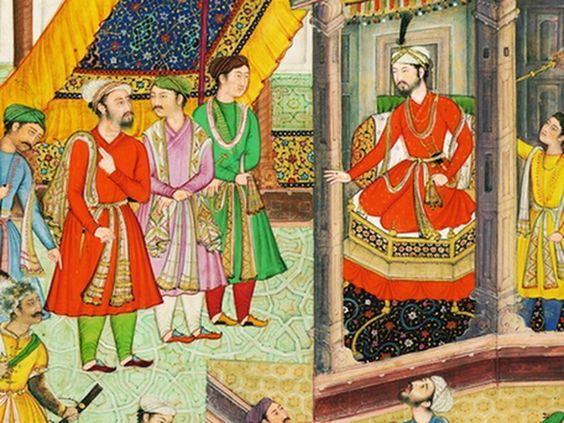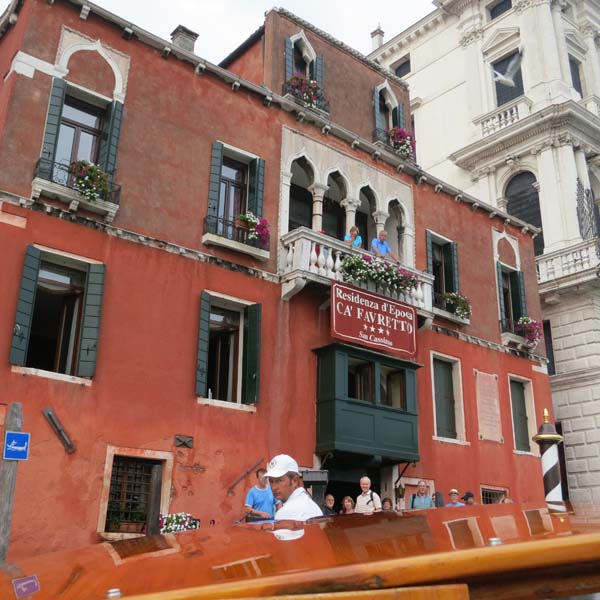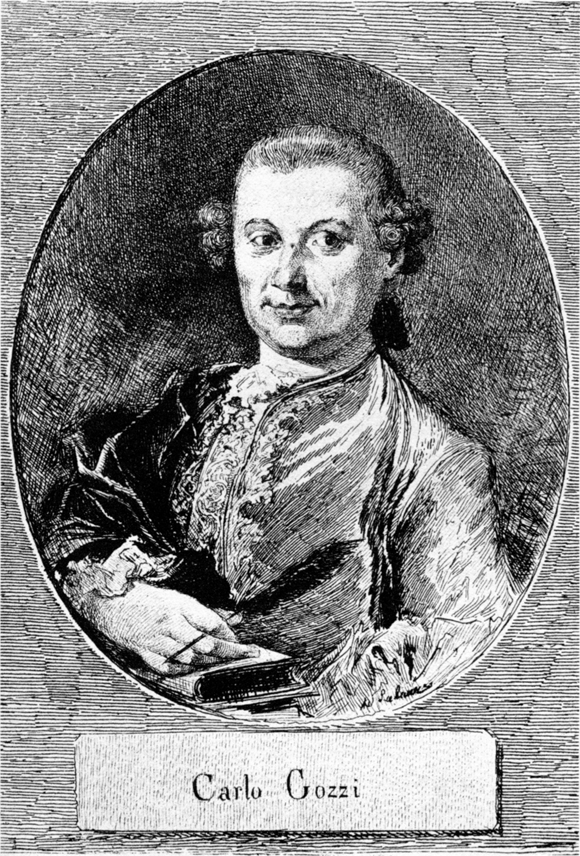There are at least two things that I experience when I write, especially when I write historical fiction: Serendipity and Synchronicity.

Serendipity does not come from Latin or Greek, but rather was coined in 1754 by Horace Walpole, suggested by The Three Princes of Serendip, the title of an Indian fairy tale in which the heroes “were always making discoveries, by accidents and sagacity, of things they were not seeking.” It has come to mean “good luck in finding valuable things unintentionally” but I want to emphasize the word “sagacity” in addition to just accident. We’ll get back to this word in a few moments.
Synchronicity is the simultaneous occurrence of events which appear significantly related but have no discernible causal connection. This term was created by Carl Jung in the 1950s to describe the occurrence and connection between two or more events that cannot be explained as a question of cause and effect, but of a falling together in time, a kind of simultaneity, connected by meaning. A very simple example would be thinking of an old friend one morning, and then later coming across a photograph of that friend stuck in a book you take down at random from the bookshelf, and then getting a phone call from the friend that same day. No one of these events is either a cause or an effect, but they are connected by meaning, Jung would say.
Historical fiction, in its very essence, is a way of falling together in time—a story is set in the past, but it is being written from the present, so, for me, the process of writing such a story is in itself a synchronizing of different times. In the mystery series I am writing that feature John Singer Sargent and Violet Paget, I have structured the stories so that there are two distinct time periods in each book. In the first book, The Spoils of Avalon, the reader can time travel between 1877 London and 1539 Glastonbury, every other chapter, and there’s even a third time reference, in the quotations at the beginning of each chapter from Tennyson’s Idylls of the King, which is the story of King Arthur and the Knights of the Round Table, long held to be medieval, but historically, if Arthur lived at all, it was around the year 300 of the Common Era.
In Jung’s terminology, the “meaning” or the synchronicity, that connects these three eras, in my story, concerns the testing of human loyalty, of faith or the lack of it, the mystery of the sacred as it interacts with the secular, and the effects that has on human character and fate. On the one hand, it’s just a story about a murder and who committed it and why, and how the past is connected to the present through this event—but on the other hand, if you let all the character’s experiences and thoughts and actions roll in and wash over you, I believe you can get a real sense of what it was like to live in both those times, and how understanding the one can help you understand the other, as well as your own present time.
In this second book, The Love for Three Oranges, John and Violet find themselves summoned to Venice in the winter of 1879 to help an artist friend of Singer Sargent’s, whose palazzo is beset with death and ghosts and all sorts of troubling events. The second time period harks back some 140 years to 1739, where we are introduced to a famous Venetian playwright of that time, Carlo Gozzi.
And this is where my other special word—serendipity—played a huge part in the writing of this second mystery. Here’s the definition again: Serendipity is “Making discoveries, by accidents and sagacity, of things one is not seeking.”
Before I even started writing these mystery stories, but after my first book about John Singer Sargent, in which Violet Paget has a very significant presence, Stu and I stayed in Venice for three days or so about seven years ago, with a small group of folks on a tour. We were lodged at a small, former palazzo on the western arm of the Grand Canal, just past the Rialto Bridge, called the Hotel San Cassiano, but also Ca’ Favretto. It had been the home of an Italian artist, Giacomo Favretto, from 1870 to 1887. He was of the Impressionist school, and several of his paintings were hung about the hotel. It was a charming place, and I took a lot of pictures of it.

When I got around to starting The Love for Three Oranges, I knew I was going to set the story in Venice, and I thought of that hotel, and Giacomo Favretto. So, I looked him up and lo and behold, it turns out he and John Sargent were good friends, and that Sargent stayed at the palazzo in Venice occasionally. What a happy discovery! I decided—with great sagacity—that it would be perfect to set the story in that location. Sagacity, for me, is the wisdom that comes from experience combined with the happy faculty of knowing a good thing when you see it.
So then I turned to the issue of the previous time period which would constitute the other half of the story—and you can imagine how hard it was to fasten on one particular century or era in the long, long history of Venice, with all her prominent artists, musicians, and writers! However, upon re-reading a biography of Violet Paget – aka Vernon Lee – I was reminded that in the year 1879 she was finishing up the manuscript for a book that would be published the next year—it was called “Studies of the Eighteenth Century in Italy”—and a significant amount of the book was concerned with one Carlo Gozzi, a playwright in the mid to late 1700’s in Venice. One thing led to another, and I found a complete copy online of Gozzi’s Memoirs. I read about his youthful days in Venice, living in one of the palazzos his family owned in Venice, his descriptions of its size and structure, its location on the Grand Canal, and its proximity to the Church of San Cassiano, which was his family’s parish, where many of his ancestors were buried. I looked at maps, I studied the streets and sotoportegos and campos of Venice, and I came to the conclusion that Gozzi’s former family home was none other than the Hotel San Cassiano—Giacomo Favretto’s home as well!

So there we had been, on the very spot where Carlo Gozzi had walked and slept and ate and dreamed—and where Sargent had visited his friend Giacomo as he lived and prospered and enjoyed life. And Gozzi the very person that Violet Paget was very enthusiastic and knowledgeable about, all right there. Three, or four, or five events in three time periods—all tied together by meaning, by the significance of their existence in relation to each other. Serendipity and Synchronicity indeed!